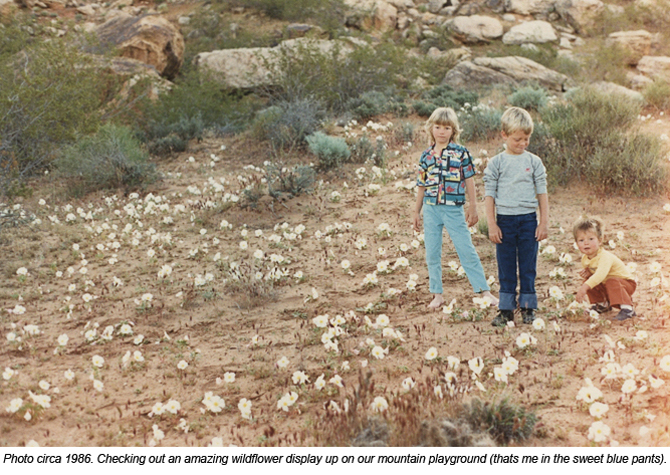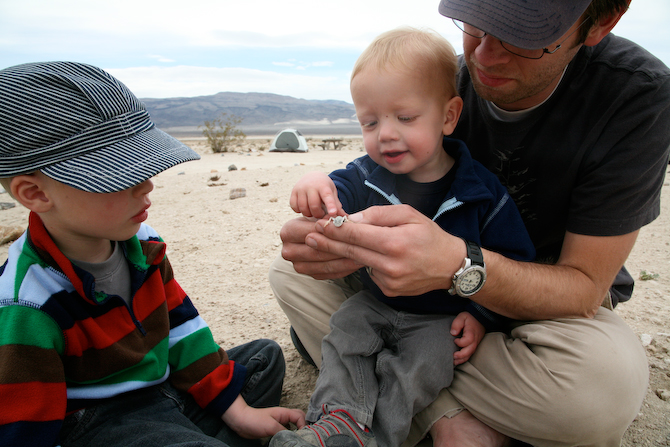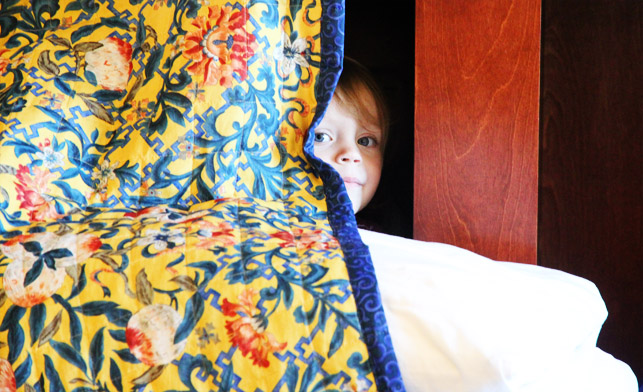Supervision. Barrier to Kids Playing Outside?
Awhile back The Heritage Council published the results of a survey that examines the differences in playing outdoors between generations. Parents were asked where they played when they were children and where their children (ages 7-11) now play. Although playing at home, in a friend’s home indoors, the garden and the school playground are still the most popular locations for playing across the generations, it’s no surprise that there were decreases in the number of kids who played in fields, wild spaces and the woods.
I was however a little surprised at first when “supervision” emerged as the number one barrier to children playing and experiencing the outdoors.
This is something I’ve thought about quite a bit in relation to how I was raised compared to how I’m raising my own kids. I feel like I ran wild (to which I will be forever grateful to my Mother), and although I want my kids to have the same experiences I did, I’m just not sure I’ll be comfortable with the same level of supervision my Mom was.
 To make my point let me dissect the first paragraph in my About Me page.
To make my point let me dissect the first paragraph in my About Me page.
- I grew up in Southern Utah.
My kids were, until recently, growing up in a gated community, in the biggest little city in the world, Reno Nevada. (more…)


 Back in May Lindsey and I happened to find ourselves killing time before a movie in some suburban area of Las Vegas. We weren’t sure where to go to since neither of us live there, but when we saw a bit of green with a playground and a baseball diamond, we figured we could sit on that grass quite happily for as long as we needed. We ended up strolling past a skate park. An acre of concrete molded into ramps, half-pipes, and pools, with hand rails sprouting here and there from the hard cement.
Back in May Lindsey and I happened to find ourselves killing time before a movie in some suburban area of Las Vegas. We weren’t sure where to go to since neither of us live there, but when we saw a bit of green with a playground and a baseball diamond, we figured we could sit on that grass quite happily for as long as we needed. We ended up strolling past a skate park. An acre of concrete molded into ramps, half-pipes, and pools, with hand rails sprouting here and there from the hard cement.
 I just read this
I just read this 
